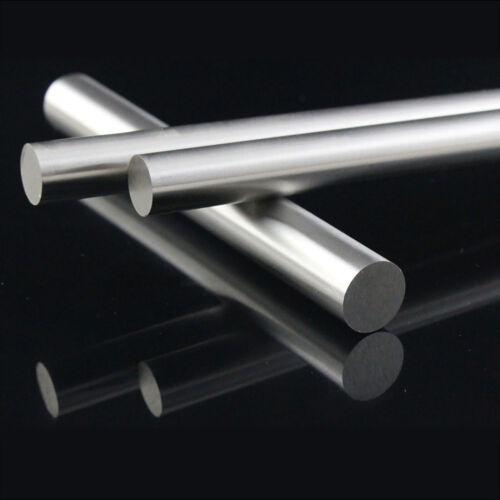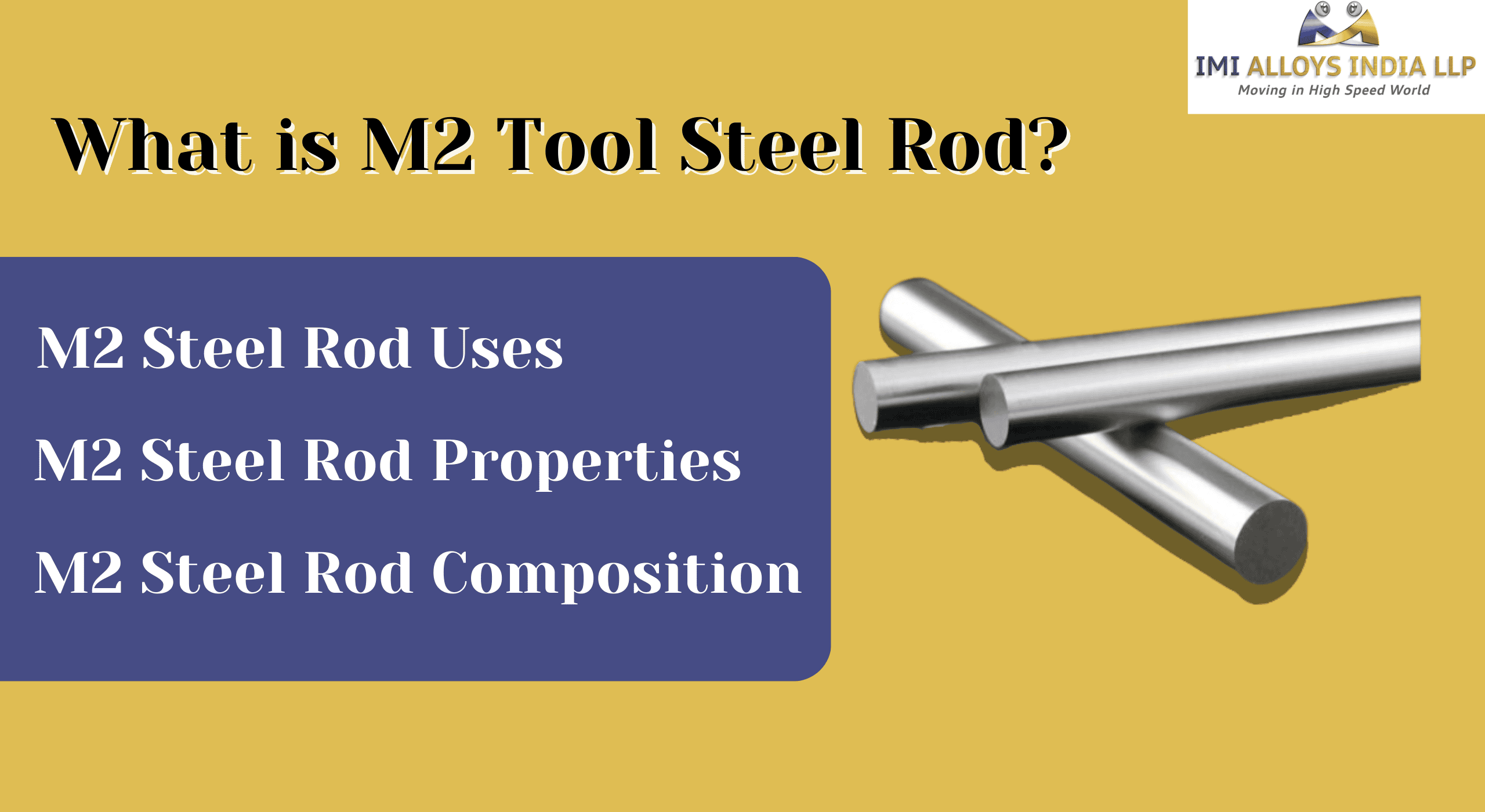When it comes to high-performance tool steels, M2 steel rod stands out for its superior hardness, heat resistance, and reliability in precision applications. Commonly used in cutting tools, machining components, and dies, it performs exceptionally well under high stress and elevated temperatures. This blog will explain what M2 steel rod is and why it’s trusted in various industries. We’ll look into the uses of M2 steel rod in tooling and industrial operations, examine its key properties like red hardness and dimensional stability, and break down the chemical composition of M2 high-speed steel that gives it unmatched performance in demanding environments.

What is M2 Steel Rod?
M2 Steel Rod is one of the high-speed tools known for its excellence due to its high hardness, wear resistance and toughness. M2 Steel Rod belongs to the tungsten molybdenum series and applied in conditions requiring high-performance cutting and machining. Due to its excellent heat resistance and ability to maintain a sharp cutting edge, M2 Steel is also a popular material for the production of industrial tools such as drills, taps, milling cutters and saw blades.
M2 Steel has added molybdenum and tungsten in its composition, which gives this steel much higher hardness. Hence, the strength and cutting ability of this steel are retained even at higher temperatures. The well-balanced alloy composition provides not only toughness but also high-speed machining performance; therefore, it is one of the most versatile tools used in many industrial sectors.
What are the Uses of M2 Steel Rod?
M2 Steel Rods find their applications in manufacturing and industrial sectors because of their high-performance features. The most important applications are:
- Cutting Tools
M2 Steel is extensively used to produce drills, taps, milling cutters, broaches, reamers and end mills. Its greater hardness and wear resistance makes it ideal for high-speed machining. - Punches and Dies
Toughness and resistance to chipping qualify M2 Steel for punches, dies, and stamping tools. - Metal Forming Tools
It is commonly used in cold work applications such as forming rolls and metal extrusion dies. - Saw Blades and Knives
M2 Steel is used for circular saw blades, band saw blades, and high-performance knives, because of its ability to maintain a sharp cutting edge. - Automotive and Aerospace Industries
M2 Steel Rods are used for precision-engineered components in automotive and aerospace applications where strength, durability, and heat resistance are essential. - Wear-Resistant Components
Its exceptional hardness and resistance to wear make M2 Steel suitable for manufacturing wear-resistant machine parts. - Cold Work Applications
It is often employed in cold forming and stamping tools where high toughness and abrasion resistance are required.
Properties of M2 Steel Rod
M2 Steel Rods have a combination of high hardness, wear resistance, and toughness, making them ideal for high-speed machining and industrial applications. Below are the key properties of M2 Steel Rod:
- High Hardness
M2 Steel Rod possesses high hardness, which is usually 62-65 HRC when heat treated, enabling it to maintain a sharp edge in the most demanding working conditions. - Superior Wear Resistance
Because of its tungsten and molybdenum content, M2 Steel is highly resistant to wear, and it is ideal for applications that involve abrasion and friction. - Superior Red-Hardness
M2 Steel is hard and strong at high temperatures, making it ideal for high-speed machining and cutting operations. - High Toughness
In comparison to other high-speed steels, M2 possesses a well-balanced composition that is good for toughness, minimizing the possibility of cracking or chipping when used in high-impact applications. - Good Machinability
Despite its high hardness, M2 Steel can be machined relatively easily in its annealed state, making it convenient for shaping into different industrial components. - Heat Resistance
M2 Steel Rods can handle high working temperatures without losing their cutting performance, making them ideal for continuous industrial operations.
What is the Chemical Composition of M2 High-Speed Steel?
M2 Steel is a tungsten-molybdenum high-speed steel with a well-balanced composition that ensures optimal performance in industrial applications. Below is the typical chemical composition of M2 Steel Rod:
| Element | Percentage (%) |
| Carbon (C) | 0.78 – 0.88 |
| Tungsten (W) | 5.50 – 6.75 |
| Molybdenum (Mo) | 4.50 – 5.50 |
| Chromium (Cr) | 3.75 – 4.50 |
| Vanadium (V) | 1.75 – 2.20 |
| Manganese (Mn) | 0.15 – 0.40 |
| Silicon (Si) | 0.20 – 0.45 |
| Phosphorus (P) | Max 0.030 |
| Sulfur (S) | Max 0.030 |
This chemical composition contributes to the outstanding mechanical properties of M2 Steel, ensuring it remains one of the most widely used high-speed steel rods in the industry.
Conclusion
M2 Steel Rod is versatile, high-performance tool material with major applications across different industrial operations. Its high hardness, wear resistance and high red hardness make it suitable for use in cutting tools, metal forming tools, punches, dies, and components in high-speed machining. The highly balanced chemical composition of M2 Steel Rod provides maximum toughness, durability, and heat resistance, hence making it a choice of industries including manufacturing, automotive and aerospace. For machining operations or wear-resistant parts, M2 Steel Rods provide reliable performance and longevity in demanding applications.








